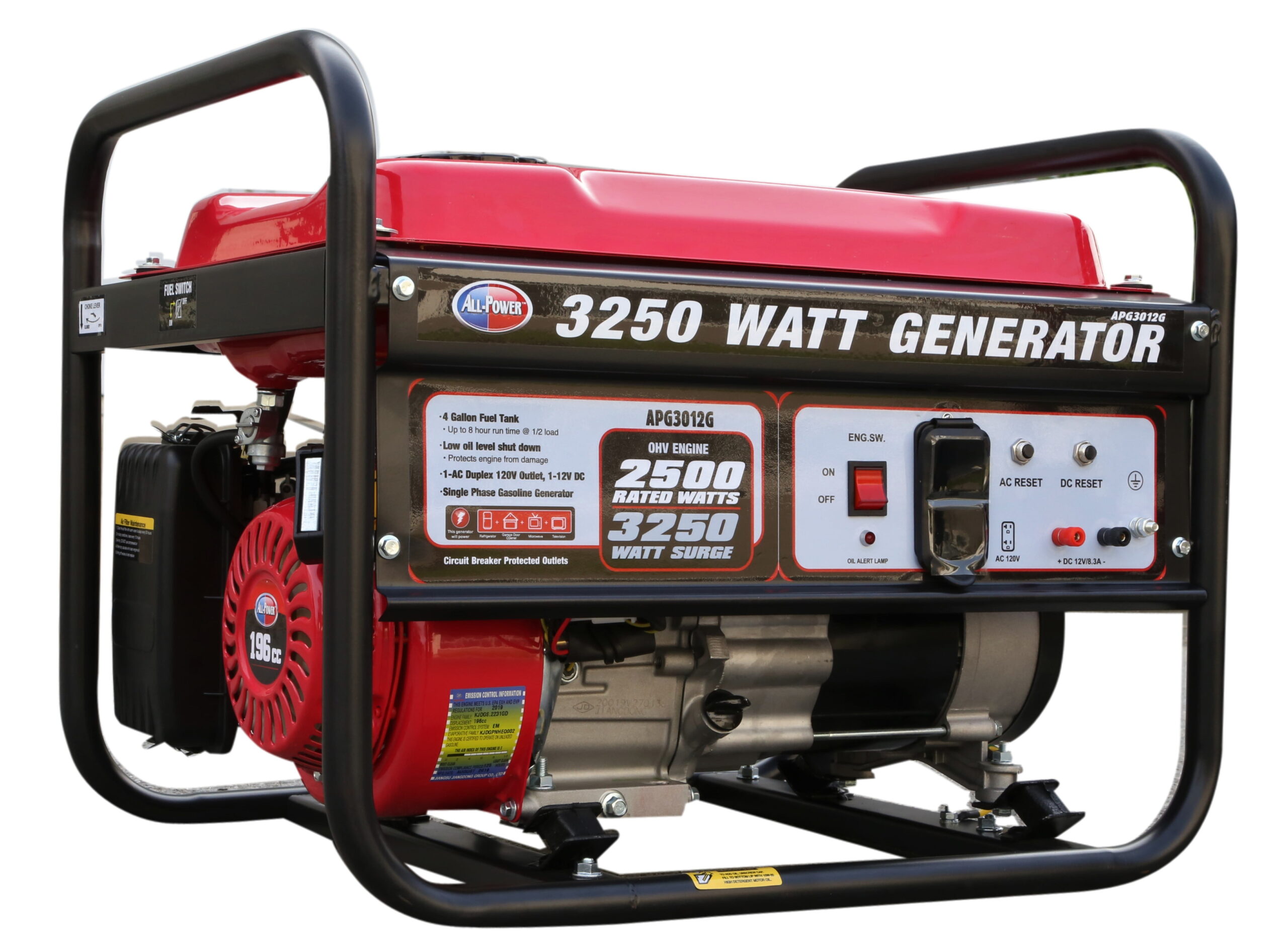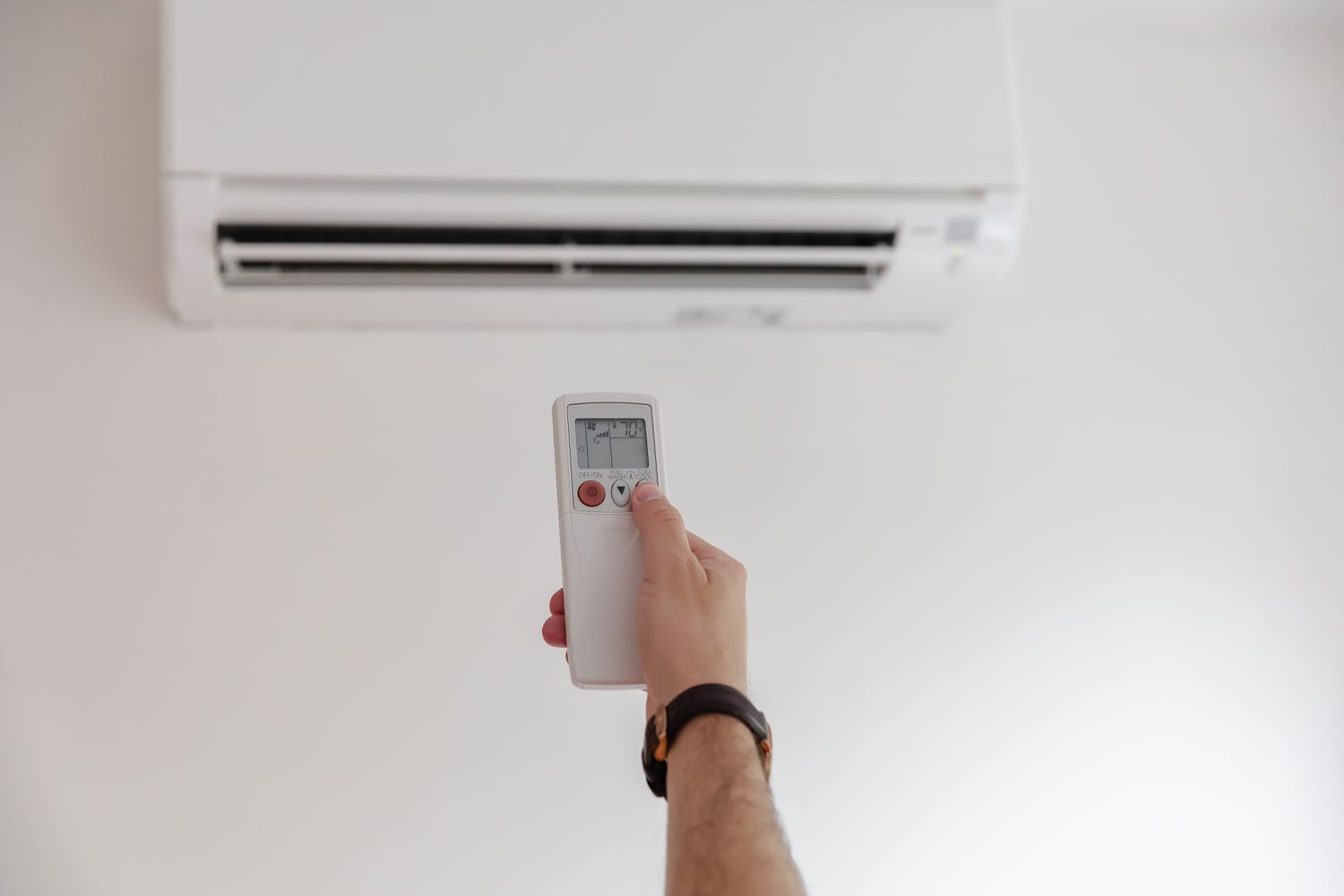Are you tired of sweltering through the summer months and wondering how big of an AC unit you need to keep your home cool? Look no further! In this article, we will help you determine the perfect size AC unit for your space, ensuring maximum comfort and energy efficiency. Whether you’re cooling a small bedroom or a spacious living area, we’ve got you covered with easy-to-follow guidelines and expert advice. Say goodbye to sweaty days and sleepless nights – it’s time to find the ideal AC unit for your needs!
Factors to Consider
When determining the size of an AC unit that you need for your space, there are several factors that you need to take into consideration. These factors will help you calculate the cooling capacity required to efficiently and effectively cool your room.
Size of the Room
The size of your room plays a crucial role in determining the appropriate AC unit size. A larger room will generally require a higher cooling capacity to adequately cool the space. Measure the length and width of your room and multiply these numbers together to calculate the square footage. This will give you a rough estimate of the cooling capacity required.
Insulation
The insulation of your room affects its heat resistance. A well-insulated room will require less cooling capacity compared to a poorly insulated one. Take into account factors such as the type and thickness of insulation, the presence of windows and doors, and any potential energy leaks that could affect the overall cooling requirements.
Climate
The climate in which you live should also be considered when determining the size of the AC unit you need. If you live in a hot and humid climate, you may need a larger AC unit to combat the higher temperatures and humidity levels. On the other hand, if you live in a cooler climate, a smaller AC unit may suffice.
Number of Occupants
The number of occupants in a room can significantly impact the cooling requirements. More people in a room means more body heat, which will increase the overall heat load. If you have a large number of occupants, you may need a larger AC unit to compensate for the additional heat generated.
Heat-Generating Appliances
The presence of heat-generating appliances, such as refrigerators, ovens, and computers, should be taken into account when determining the size of the AC unit. These appliances produce additional heat that needs to be offset by the cooling capacity of the AC unit. Consider the number and wattage of these appliances to ensure that your AC unit can handle the heat load.
Calculating the Cooling Capacity
Once you have considered the factors mentioned above, you can proceed to calculate the cooling capacity required for your specific needs. The British Thermal Unit (BTU) measurement is commonly used to measure cooling capacity.
BTU Measurement
BTU is a unit of measurement that represents the amount of heat energy required to increase the temperature of one pound of water by one degree Fahrenheit. In the context of AC units, BTU is used to measure the amount of heat that an AC unit can remove from the room per hour.
BTU Calculation for Bedrooms
For bedrooms, a general rule of thumb is to multiply the square footage of the room by 20. This calculation assumes a room with average insulation, two occupants, and no heat-generating appliances. Multiply the square footage by 25 if the room receives direct sunlight or if you live in a hotter climate. Adjust this figure accordingly if you have additional occupants or appliances.
BTU Calculation for Living Rooms
Living rooms typically require a larger cooling capacity compared to bedrooms due to their larger size and higher occupancy rates. Multiply the square footage of the living room by 25 to calculate the estimated BTU requirement. Adjust this figure based on the insulation, climate, number of occupants, and heat-generating appliances in the room.
BTU Calculation for Kitchens
Kitchens tend to generate more heat due to cooking appliances and higher occupancy rates. Multiply the square footage of your kitchen by 30 to determine the approximate BTU requirement. Again, take into account additional factors such as insulation, climate, and the presence of heat-generating appliances.
Common AC Unit Sizes
AC units come in various sizes, each with its own cooling capacity measured in BTUs. Here are some common AC unit sizes and their corresponding BTU ranges:
5000 BTU
AC units with a cooling capacity of 5000 BTUs are suitable for small rooms or spaces, such as small bedrooms or home offices. These units are compact and affordable, making them a popular choice for those with limited cooling needs.
6000 – 10000 BTU
AC units in the range of 6000 to 10000 BTUs are ideal for medium-sized rooms, such as living rooms or larger bedrooms. They provide sufficient cooling capacity to keep these spaces comfortable during hot weather.
12000 – 15000 BTU
For larger rooms or open-concept spaces, AC units with a cooling capacity of 12000 to 15000 BTUs are recommended. These units are capable of cooling a larger area effectively and efficiently.
18000 – 24000 BTU
AC units in the range of 18000 to 24000 BTUs are suitable for commercial spaces or large residential areas. These units offer a high cooling capacity, making them ideal for cooling large rooms or multiple connected rooms.
28000 – 36000 BTU
The highest capacity AC units, ranging from 28000 to 36000 BTUs, are designed for industrial or commercial use. These units are capable of cooling large areas such as warehouses or large office spaces.
Other Considerations
Apart from the factors mentioned earlier and the appropriate AC unit size, there are a few other considerations to keep in mind when choosing an AC unit.
Energy Efficiency
Consider the energy efficiency of the AC unit you are considering. Look for units with a high Energy Efficiency Ratio (EER) or Seasonal Energy Efficiency Ratio (SEER) rating. Energy-efficient units can save you money on your electricity bills in the long run.
Budget
Your budget should also be taken into account. AC units with higher cooling capacities tend to be more expensive. Consider your cooling needs and financial limitations when selecting the right AC unit for your space.
Type of AC Unit
There are different types of AC units available, such as window units, split systems, and portable units. Consider the pros and cons of each type before making a decision. Window units are more affordable and easy to install but may obstruct natural light. Split systems offer more flexibility but require professional installation. Portable units can be easily moved but may not be as efficient as other types.
By considering the size of the room, insulation, climate, number of occupants, heat-generating appliances, and following the BTU calculation guidelines, you can determine the appropriate AC unit size for your needs. Taking into account other factors such as energy efficiency, budget, and type of AC unit will further help you make an informed decision. Stay cool and comfortable with the right-sized AC unit for your space!





